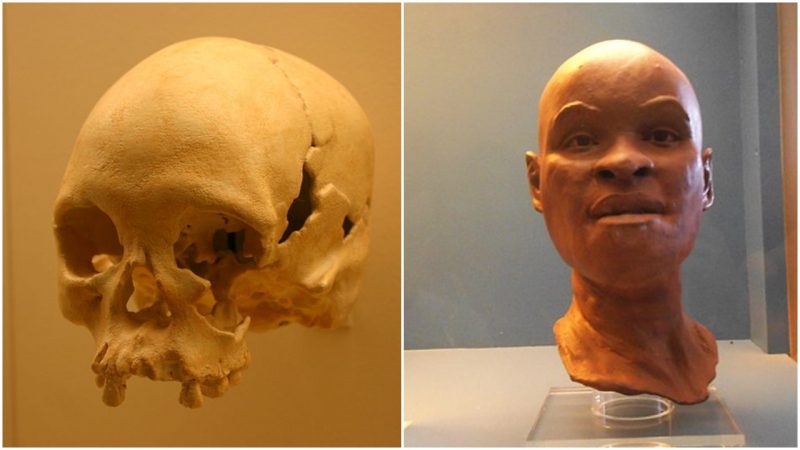In September 2018, horrified residents of Rio de Janeiro watched their historical treasures burn to ash when a fire engulfed the National Museum of Brazil.
Among the artifacts believed lost were the skull of Luzia, also known as Lucy, a woman believed to have lived 11,500 years ago. It was revered as one of the chief treasures of the museum.
However, on October 19th, the museum director had good news: About 80 percent of Luzia’s skull fragments have been identified.
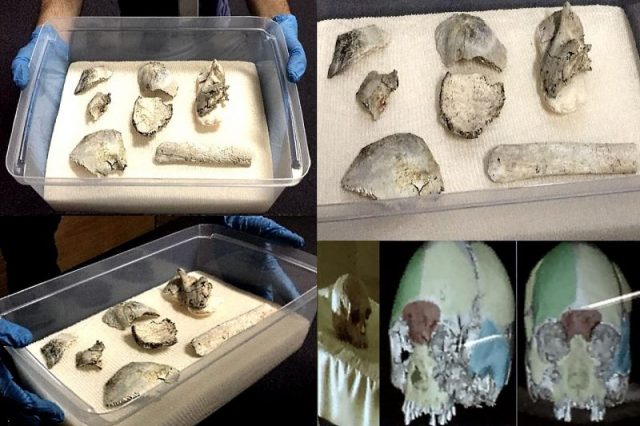
“The museum staff said they were confident they could recover the rest of Luzia’s skull and attempt reassembly,” according to the BBC.
“The skull is understood to have been stored in a metal box inside a cabinet, described as a ‘strategic place,’ which helped it resist fire damage.”
The museum fire is a horrifying and highly controversial one. It took 80 firefighters more than four hours to extinguish the inferno.
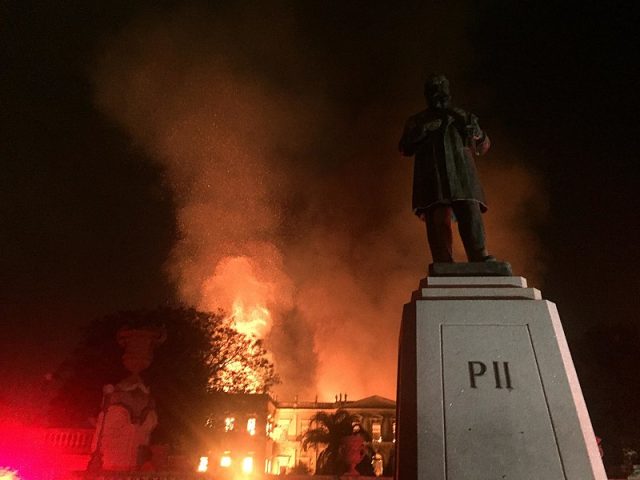
The loss of history was described as a “lobotomy of the Brazilian memory” by a former environment minister. The museum had celebrated its 200th anniversary this year.
Some people blamed the blaze, which began after the museum had been closed to the public for the night, on neglect and poor funding.
The museum is entitled to a maintenance budget of $128,000, according to reports, but hadn’t received that amount for years.
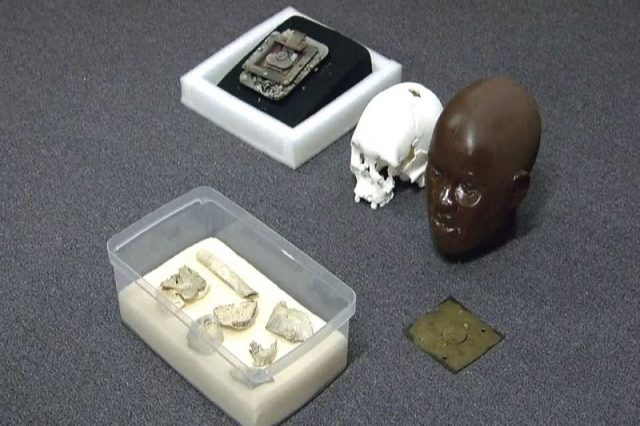
It received just $13,000 from the Brazilian government this year, reported National Geographic.
“My feeling is of total dismay and immense anger,” Luiz Duarte, a vice director of the museum, told reporters. “For many years we fought with different governments to get adequate resources to preserve what is now completely destroyed.”
In a statement, President Michel Temer said it was “a sad day for all Brazilians” and “Two hundred years of work, investigation and knowledge have been lost.”
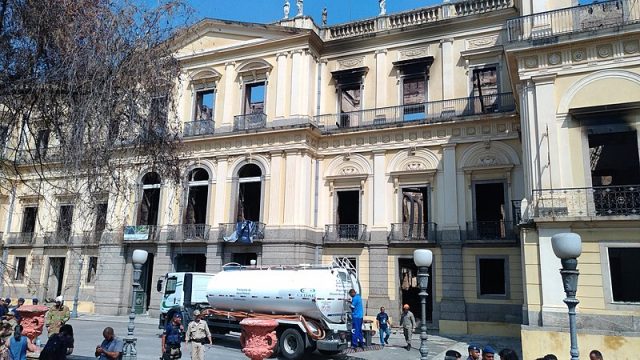
Luzia was found in 1975 in a cave in southern Brazil buried beneath 40 feet of mineral deposits and rock debris. She was thought to have died in an accident or perhaps even an animal attack. The skull was separated from its skeleton. Eventually, one-third of her body was recovered – enough for forensic scientists to determine that Luzia died in her early 20s.
Scientists, not knowing when she lived, then put Luzia in storage at the National Museum of Brazil.
It wasn’t until the mid-1990s that Luzia’s true age was recognized as researchers launched a study of her skull and skeleton and discovered that she was not just any fossil, but the oldest set of human remains ever discovered in the Western Hemisphere.
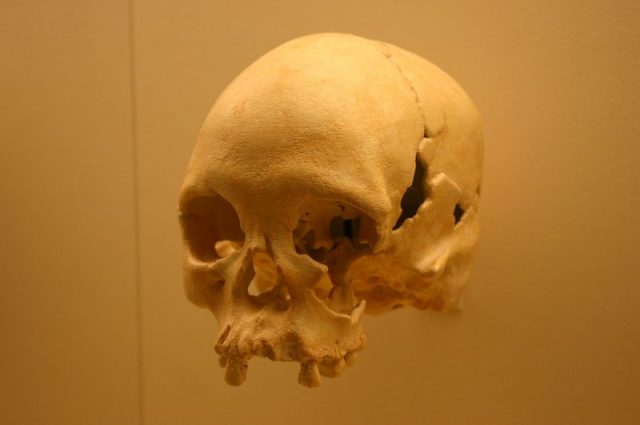
Luzia’s facial features included a narrow cranium, projecting face, and pronounced chin, which is very different from Native Americans.
Anthropologists wondered if Luzia’s predecessors lived in Southeast Asia for thousands of years after migrating from Africa, and then arrived in the “New World” in boats.
Luzia supposedly was less than five feet tall and shared facial features with Indigenous groups in Australia, theorized the University of São Paulo anthropologist Walter Neves.
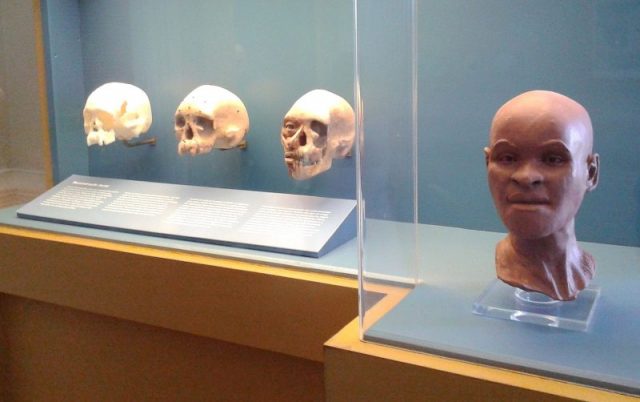
Across the world, scientists said they were relieved that Luzia was saved.
One of the world’s largest meteorites also survived Brazil’s fire, but other pieces — mummies, from Egypt and South America, as well as Egyptian artifacts — may have been forever destroyed, the New York Times reported.
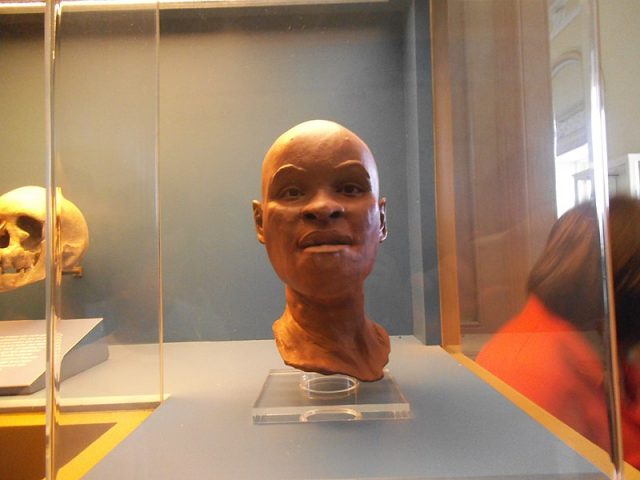
“Residents had lashed out at what they said was Brazil’s near-abandonment of museums and other basic public services. Many saw the fire as a symbol for a city and nation in distress.”
The newspaper O Globo had originally said the museum was at risk over 40 years ago. Established in 1818, the Museu Nacional is Brazil’s oldest cultural institution.
